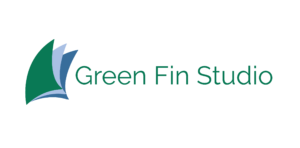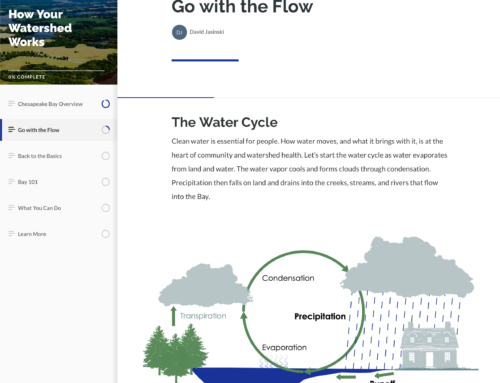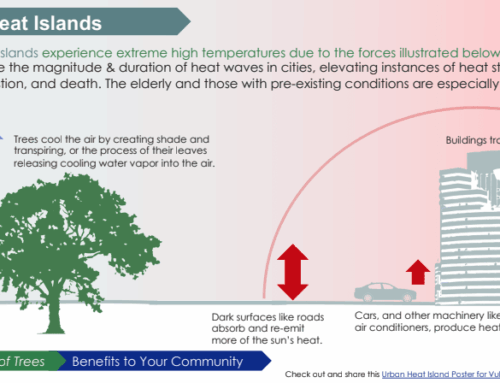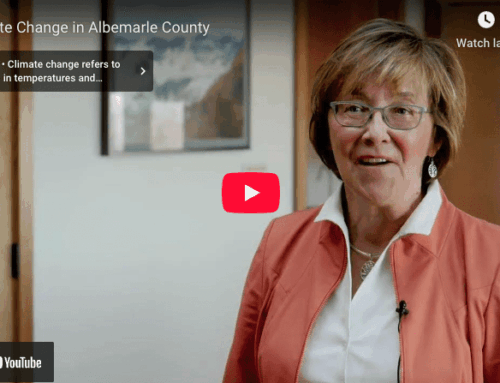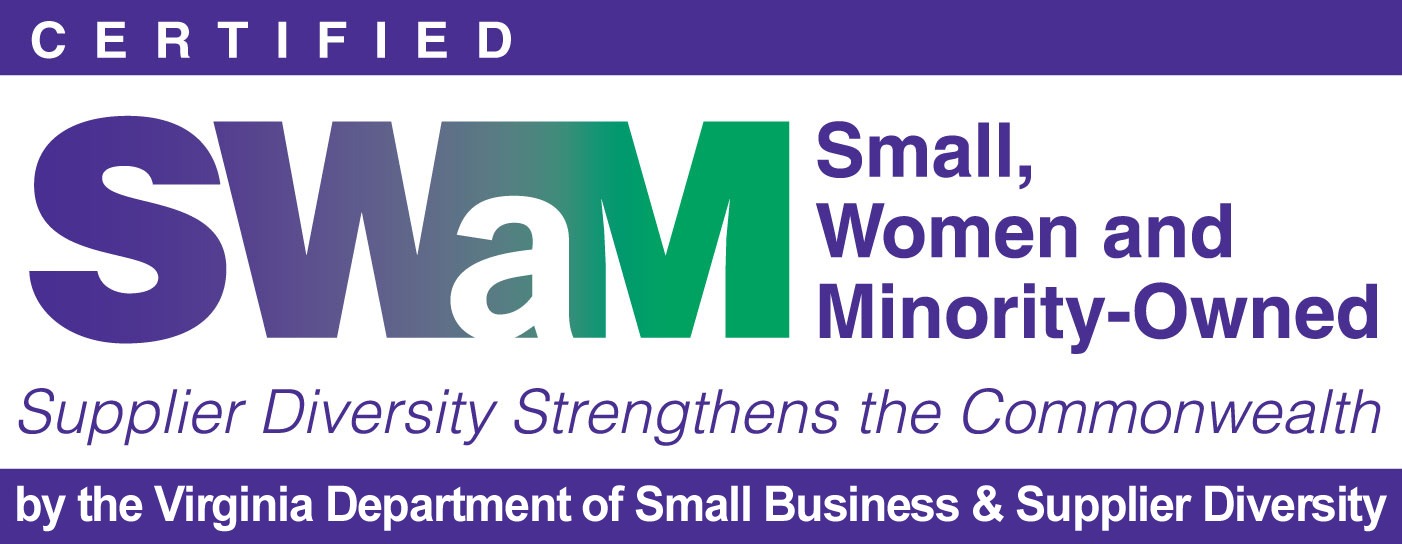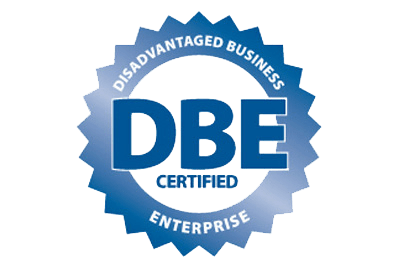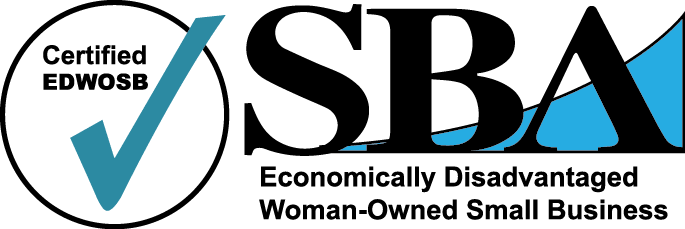As Lewis Carroll’s Cheshire Cat quipped, “if you don’t know where you’re going, any road will get you there.” Cooper, a member of the Green Fin Studio family, often repeats this line too – when he isn’t napping on the job.
Corporate America has long embraced strategic planning for organizational development, communication and marketing goals, and more. They wouldn’t dream of launching a new program or product without first developing roadmaps for where they want to go.
Environmental organizations can greatly benefit from these practices too. Green Fin Studio works with diverse environmental groups to develop organizational and strategic communication plans. The urgency for more effective environmental communication is clear. The list of issues to address includes water quality, biodiversity, habitat protection, chemical contaminants, food production, environmental justice, inclusive processes, climate change, and so much more.
Environmental policies protect us and our natural systems however even the strongest of policies won’t get us to our goals until we can find a better way to connect with broader audiences, identify smart solutions, and engage others to take action. Environmental communication has to bridge political divides, religious differences, become more inclusive to represent a wider diversity of communities, and consider the social science of motivating actions if we are to have hope for the future.
How can you and your organization become more effective communicators? We start by thinking through the following questions:
- WHY should someone else care about what you’re doing? This little three letter word poses a huge question and can produce powerful results. Asking why someone else should care about your work helps you define your value proposition to others. Simon Sinek, author of Start With Why, gave a TED talk in 2009 that has inspired more than twenty-eight million people to ask themselves to define their own “why” and addressing motives or purpose. If you haven’t read his book or seen his TED talk, we highly recommend both for their ability to inspire your communication plan.
- WHAT do you want as outcomes of broader engagement? You might have several objectives for your communication, from increasing awareness about a topic, spurring conversation with and between audiences, framing an issue, changing behaviors, incorporating science into decision making, attracting new students or staff, highlighting your own role in the field, securing funding, etc. What is most important for you to be successful?
- WHO needs to do something for you to be successful? Do you need to engage homeowners, students, farmers, fishermen, elected officials, funders, or others? You may need a contractor, partner, or someone from within your organization to provide you with something before you can make progress. You may also need someone else to deliver your messages if you are not seen as a trusted source of information. In that case, look for groups and individuals your audiences trust and find ways for them to share your information. Identifying the human element helps you understand which relationships are vital to your success. Additionally, knowing who your target audiences are will help you align specific messages for each one of them.
- WHEN do you need something to happen? You may want to accomplish several outcomes and each one may have an associated timeframe, from short-term to longer-term. This step helps you prioritize and plan for communication pieces.
- WHERE will your messages be shared? Does your work have geographic specificity that delineates where you should focus? Will a digital campaign through social media or direct email reach your target audiences? Or would a meeting or conference be the best place to connect with those you want to reach?
